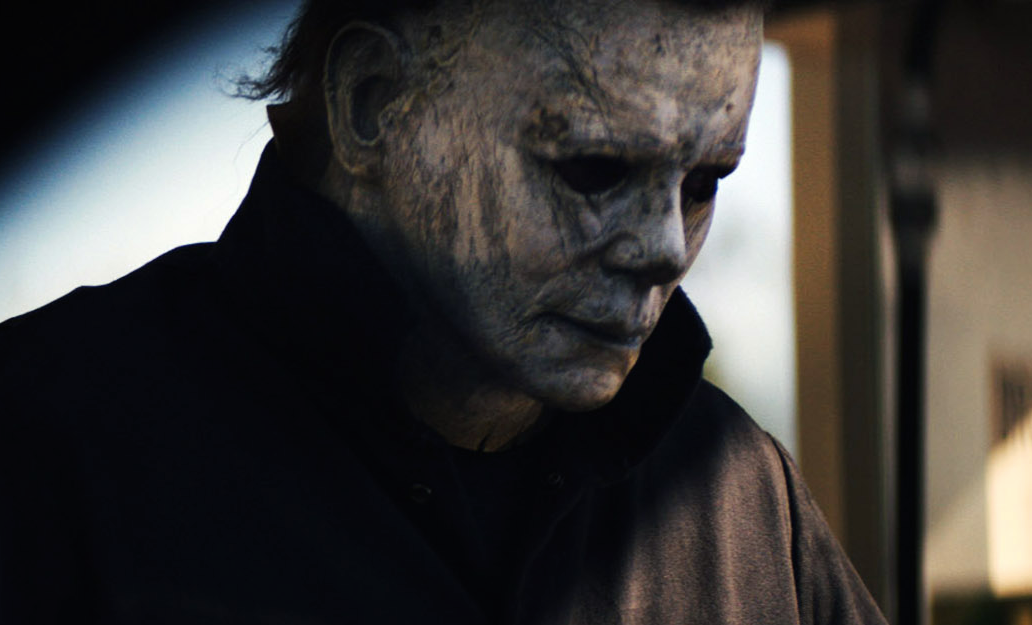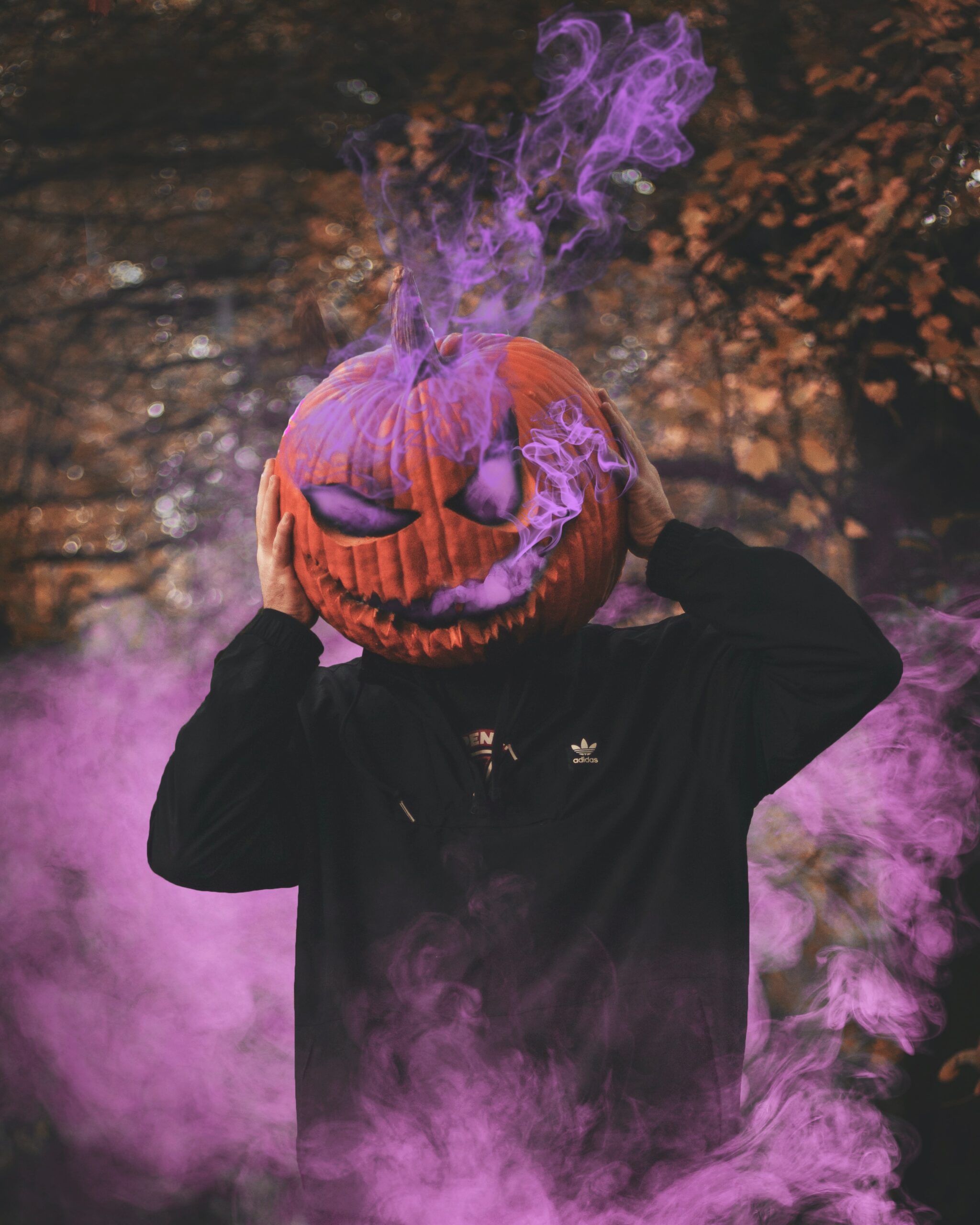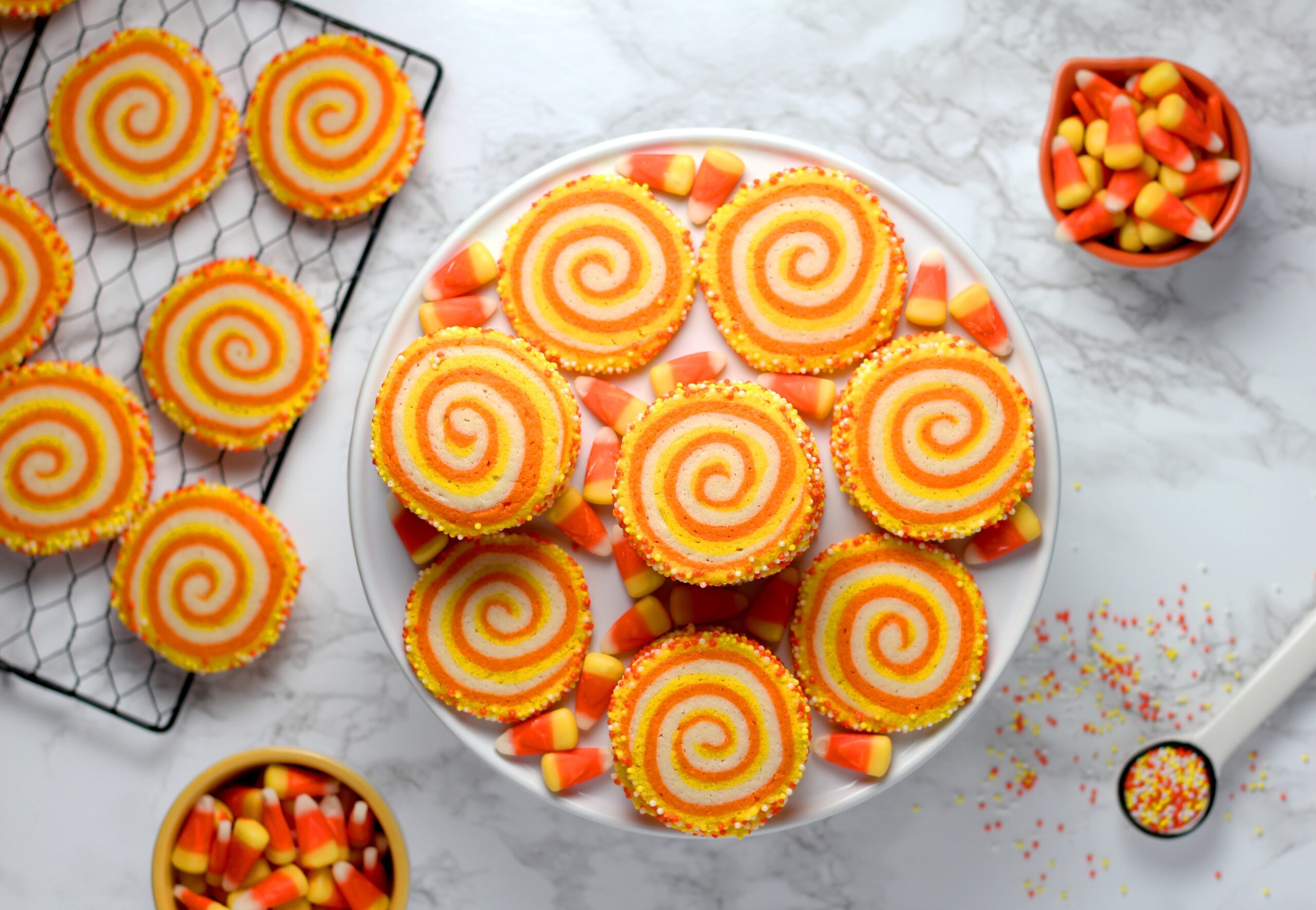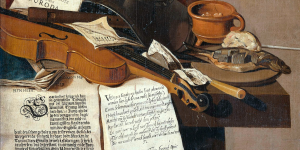Everyone is aware that Halloween provides the ideal justification for stocking up on free candy. But stop and consider: What else do you actually understand about Halloween? The good news is that these 10 Halloween facts should serve as a solid introduction to help you understand more about this significant event if your answer, like mine, is “not much.”
For instance, you might be shocked to hear that this holiday has been celebrated for a long time and that activities like trick-or-treating had unanticipated beginnings. Even more recent information, such as consumer spending on Halloween decorations and world records for pumpkin carving, will make you smile and increase your enthusiasm for these holidays. These Halloween facts will add even more excitement to your spooky celebrations, whether you’re organizing a trivia contest at your party or are just getting pumped for the occasion.
Without further ado, let’s begin.
10 Facts About Halloween
Although you claim to love Halloween, how much do you actually know about the occasion? Here are some interesting Halloween-related facts you might not be aware of.
The Origins Of Halloween

While many people mistakenly believe that Halloween is an American holiday, it actually has roots in a Celtic festival. More than 2,000 years ago, County Meath hosted the first celebration of the ancient Celtic festival known as Samhain. The Celts thought it was a transition period when the wall separating this world from the afterlife was torn down, and the spirits of everyone who had passed away that year entered the afterlife. However, if the lines separating the realms of the living and the dead crossed, the dead might return to life and cause mayhem among the living. Not exactly the best thing.
At the Spirits of Meath Halloween Festival, which takes place every year, the ancient past and the modern era collide. A Celtic festival is recreated, and the march through the town is lit by torches. The Irish celebrate Halloween with bonfires, competitive games, and customary fares, such as a fruitcake filled with lucky coins, rings, buttons, and other trinkets. In the past, it was thought that if a young woman discovered a ring in her slice, she would get married the next year.
In the middle of the 1800s, Irish immigrants brought Halloween to the US.
Ghost Masks

The Celts used to be concerned about running into ghosts on Halloween because they thought they had returned to the earth. People used to wear masks when they left their homes after dark to prevent being recognized in the hopes that ghosts would think they were other ghosts.
Michael Myers’ mask
Although the iconic costume from this 1978 movie is absolutely menacing, its origin is also quite humorous. According to the New York Times, the movie’s production designer, Tommy Lee Wallace, was greatly inspired when he came across a mask of William Shatner as Captain Kirk in Star Trek. The crew spray-painted it white to give it the appearance we are all acquainted with today.
READ MORE: Autumn Vibes: 8 Cozy Book Recommendations for Fall
The Jack’ O Lanterns’ Irish Legend

According to legend, Stingy Jack called the devil to join him for a drink, but because Jack didn’t want to pay for the drink, the devil agreed to change it into a coin. He didn’t spend the money on the drink; instead, he kept it in his pocket and placed it next to a silver cross in his home to keep the devil from manifesting himself again.
In exchange for the devil leaving Jack alone for a year, he agreed to let him go, promising that the devil would not seize Jack’s soul in the event of his passing.
One year later, Jack managed to con the devil again into leaving him alone and not claiming his soul. When Jack passed away, the devil, true to his word, would not let him enter hell since God didn’t want such a cunning person in heaven.
With just burning coal to light his way, Jack was sent out into the night. Since then, he has been wandering the ground after placing the coal inside a turnip that was cut out.
Turnips, beets, and potatoes were used to make Jack’s lanterns by the people of Scotland and Ireland. Along with the immigrants, the custom made its way to the United States, where people started making their lanterns out of native-to-North American pumpkins.
Most Lit Lanterns

The City of Keene is the current king of jack-o-lantern displays after lighting 30,581 pumpkins in 2013 to break the Guinness World Record. The city established the first record in this category and, determined to maintain its superiority, has since beaten it eight times.
Jack O’ Lanterns Scare Off Spirits

Another ancient custom originating in Ireland, Scotland, and England is carving pumpkins. People would carve ominous faces into the vegetables and stick a candle inside to frighten away evil spirits that might be skulking around. The first lanterns were created from hollowed-out turnips, rutabagas, gourds, potatoes, and beets; using pumpkins is an American twist on the tradition.
READ MORE: 12 Best Halloween Books For Kids
Candy Corn Was Called Chicken Feed

It’s a common misconception that candy corn tastes like chicken feed, but that wasn’t how it originally received its name. George Renninger invented it in the 1880s, and at the turn of the century, Goelitz Confectionery Company (now Jelly Belly Co.) began selling it to the general public.
The product was dubbed “Chicken Feed,” and the box was labeled with a bright rooster because corn was what was used to feed chickens.
Candy Became Exclusive in the 1970s

Trick or treating gained popularity in America in the 1930s, when it was normal to give out handmade cookies, nuts, toys, and cash, according to History.com. In the 1950s, candy producers began to promote pre-packaged Halloween goods, and 20 years later, it had become the main sweet distributed to kids.
Americans Have Spent Nearly $3 Billion on Candy In Recent Years

With a total of $9.1 billion on occasion, 2017 had set a new record for Halloween spending in the US. In a poll conducted by the National Retail Federation, 95% of respondents said they intended to buy candy that year, which would result in overall expenditure of $2.7 billion just on these holiday treats.
Kids Used To Dance For Candy

If only things were still this way, am I right? According to The Huffington Post, earlier forms of trick-or-treating had males going from house to home while doing dances, singing songs, and acting out comedy for money. This began as a form of begging but quickly became a custom of amassing candy.
Read more: 12 Best Books To Read In Halloween
















